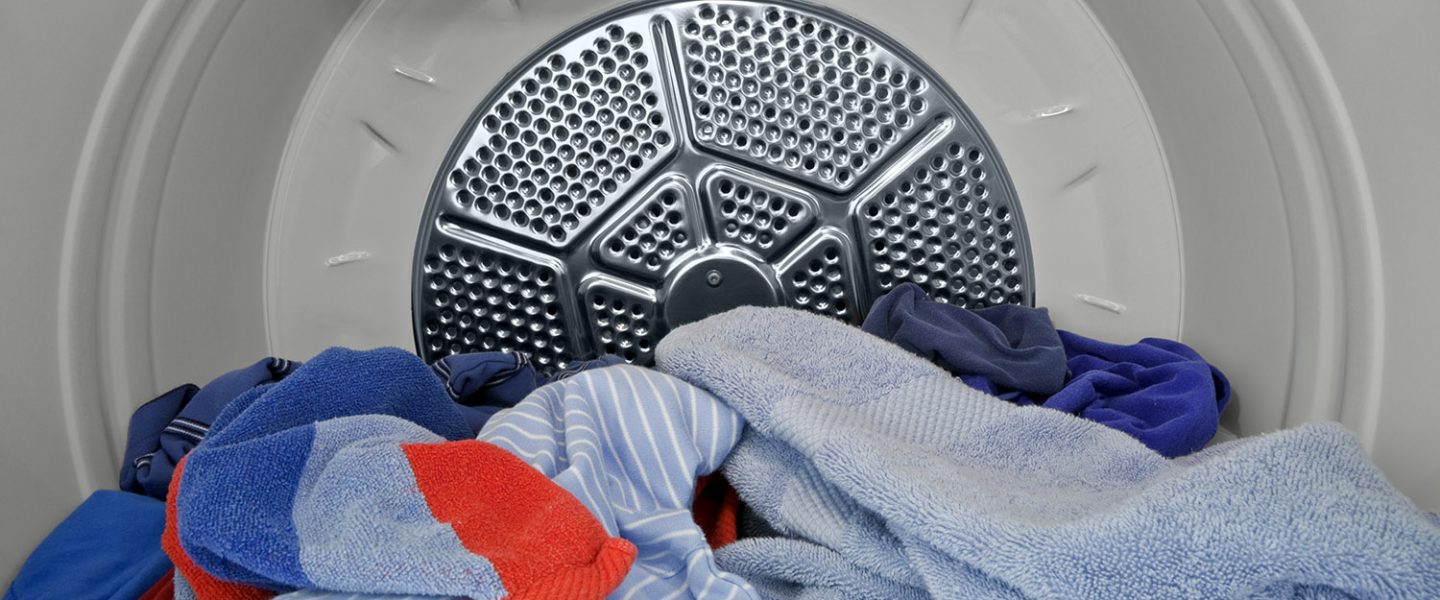
Miscellaneous Electric Loads (MELs)—appliances, entertainment centers, computers, and fans, or any devices other than those used for space heating or cooling, water heating, or lighting—generate heat as a by-product inside the home, thereby increasing space conditioning costs in cooling-dominated climates. Generally, every three kilowatt hours (kWh) of energy saved in MELS will reduce the air-conditioning needs by one kWh. Choosing EnergyStar® appliances and installing energy-efficient lighting—compact florescent lamps (CFL), or even more energy-efficient light-emitting diode (LED) lighting—are ways to reduce MELs and electricity costs.
Years of Research: 1999-2017
Sponsored by: Duke Energy, Florida Power Corporation, U.S. Department of Energy, and FPL
Suggested Publications
- Measured Performance of Heat Pump Clothes Dryers
Clothes dryers with heat pump technology were tested in eight occupied homes and results showed a 34% reduction in dryer energy used.
-
Measured Retrofit Savings from Efficient Lighting and Smart Power Strips
Fifty-six occupied homes received a high-efficiency lighting retrofit. The average lighting energy savings among homes were 15%.
- Updated Miscellaneous Electricity Loads and Appliance Energy Usage Profiles for Use in Home Energy Ratings, the Building America Benchmark Procedures and Related Calculations
Energy use profiles for appliances, televisions, fans, and lighting.
- How Energy Efficient Are Modern Dishwashers?
The energy use profile of several standard-sized dishwashers.
- Measured Results of Phased Shallow and Deep Retrofits in Existing Homes
Energy-efficiency retrofits were installed in a sample of 60 existing, all electric homes. Energy end-use savings and economic evaluation results from the phased measure packages and single measures are summarized along with lessons learned.